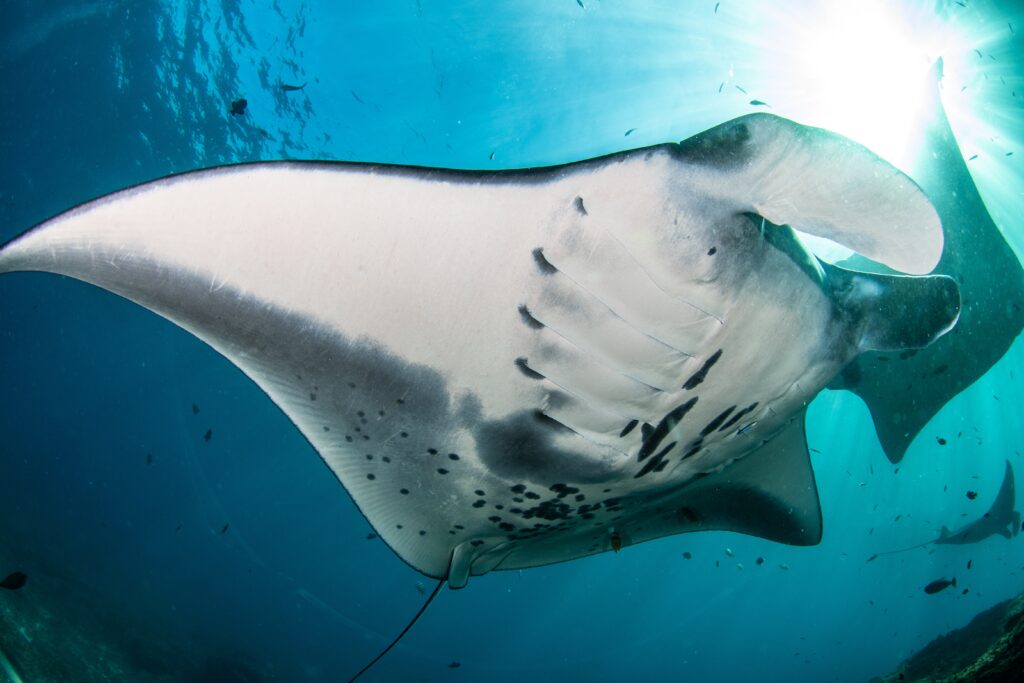Fun and Interesting Facts and Trivia about Manta Rays
Looking for some fascinating information about the ocean’s gentle giants? Our page on fun facts about manta rays is the perfect place to start! Discover amazing facts about these majestic creatures, including their impressive wingspan and unique feeding habits. Learn about their intelligence and social behavior, and discover cool facts about their appearance and habitat. Whether you’re a marine enthusiast or just curious about the natural world, our manta ray trivia will captivate and educate. So dive in and explore the amazing world of manta rays with our collection of fun and interesting facts! #mantaray #manta #scubadiving #diving #ocean #underwater #underwaterphotography #scuba #mantarays

Manta rays are large, flat-bodied fish that belong to the family Mobulidae.
They are found in warm waters around the world, often in shallow coastal areas.
Manta rays are filter feeders, using their wide, open mouths to scoop up plankton and small fish.
They have a wingspan of up to 25 feet and can weigh up to 5,300 pounds.
Manta rays are closely related to sharks, but they have no teeth and are completely harmless to humans.
They are known for their graceful, almost balletic movements as they swim through the water.
Manta rays are one of the smartest fish species, with a large brain-to-body size ratio.
They can be identified by their unique markings on their bellies, which are like a fingerprint and can be used to track individual animals.
Manta rays have the largest brains of any fish relative to their body size.
They have the ability to recognize themselves in a mirror, which is a sign of self-awareness.
Manta rays are capable of leaping out of the water, sometimes up to 20 feet in the air.
Manta rays have a symbiotic relationship with small fish and cleaner shrimp, which remove parasites and dead skin from their bodies.
They have been known to travel long distances, up to 1,000 miles , to feed in areas with high concentrations of plankton.
Manta rays are ovoviviparous, which means they give birth to live young after the eggs have hatched inside the female’s body.
They have a slow reproductive rate, with females giving birth to only one or two pups every two to three years.
They are threatened by commercial fishing, pollution, and habitat destruction.
Manta rays have a long lifespan, up to 50 years.
They have been observed exhibiting social behavior, such as swimming in groups or “mating trains.”
Manta rays have a unique way of breathing, using their gill plates to channel water over their gills.
They are popular attractions for eco-tourists, who can watch them swim and feed in their natural habitat.
